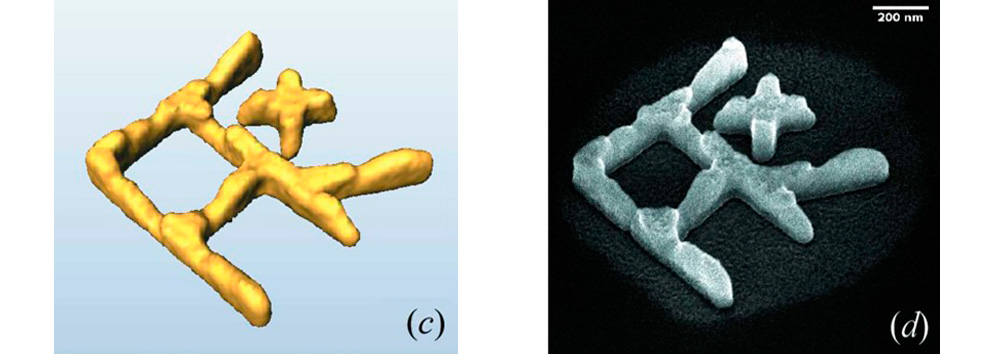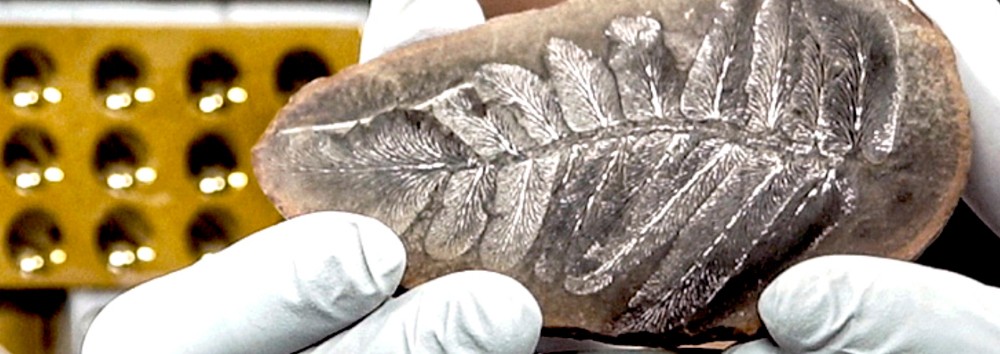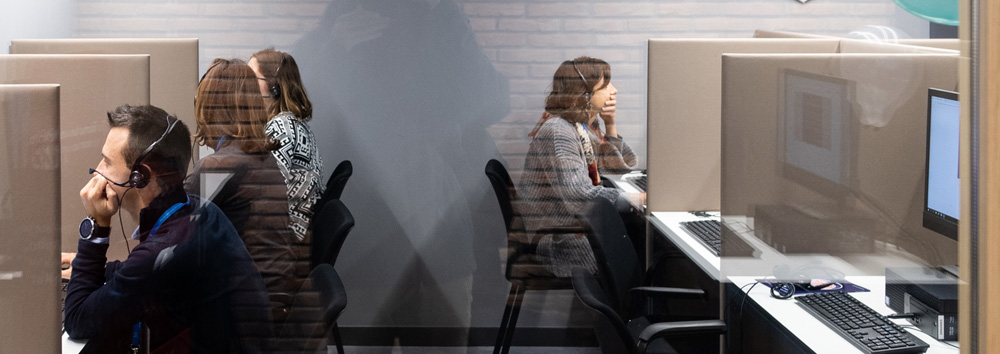Taking snapshots of single molecules with X-rays has long been a dream for many scientists. Such experiments have successfully been computationally modelled, but have never been practically demonstrated before.
In a model experiment carried out at the European Synchrotron Radiation Facility (ESRF), European XFEL scientists, together with international collaborators, have now come one step closer to successfully carrying out so-called single particle imaging experiments (SPI) at X-ray laser facilities such as European XFEL. In a paper published today in the journal from the International Union of Crystallography (IUCrJ), scientists demonstrate experimentally that, in principle, a 3D structure can indeed be obtained from many tens of thousands of very weak images, using X-rays with similar properties as produced at X-ray free-electron lasers such as European XFEL.
A single biomolecule, such as a protein, does not scatter X-rays very well and so only produces a very weak signal. In order to compensate for this, single particle imaging experiments require an extremely intense X-ray beam and a highly sensitive detector to produce good quality results. The very high repetition rate of European XFEL now provides a unique opportunity to carry out such experiments. The SPB/SFX instrument at European XFEL has been designed with these issues in mind, and scientists are hopeful that they will be able to use the instrument to carry out these types of experiments with small biomolecules such as proteins in the very near future.

About European XFEL
The European XFEL is a 3.4 km long research facility extending from Hamburg to the neighbouring town of Schenefeld in the German Federal State of Schleswig-Holstein. With its repetition rate of 27,000 pulses per second and a peak brilliance a billion times higher than that of the best synchrotron X-ray radiation sources, the European XFEL enables the investigation of scientific problems in a variety of disciplines, including among many others: Structural Biology, Chemistry, Planetary Science, the study of matter under extreme conditions.
© European XFEL Taking snapshots of single molecules with X-rays has long been a dream for many scientists. Such experiments have successfully been computationally modelled, but have never been practically demonstrated before. In a model experiment carried out at the European Synchrotron Radiation Facility (ESRF), European XFEL scientists, together with international collaborators, have now come […]



